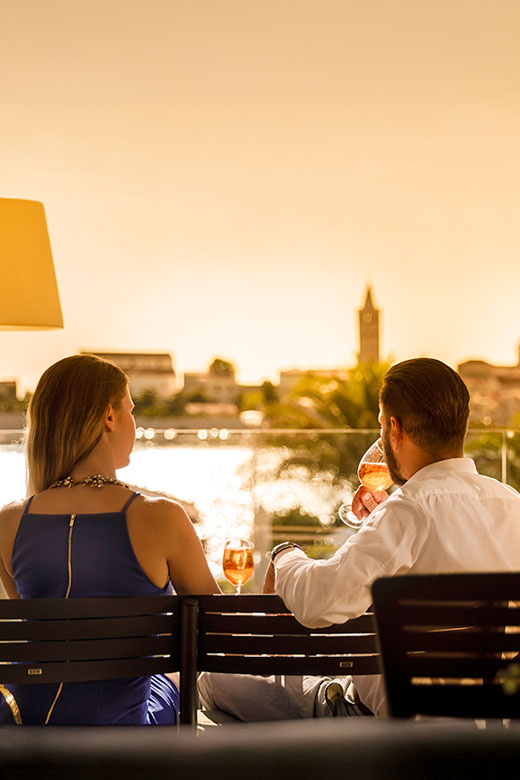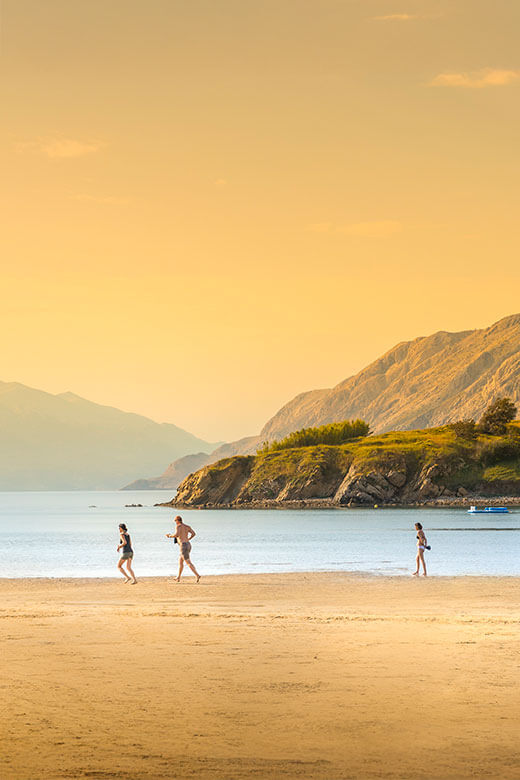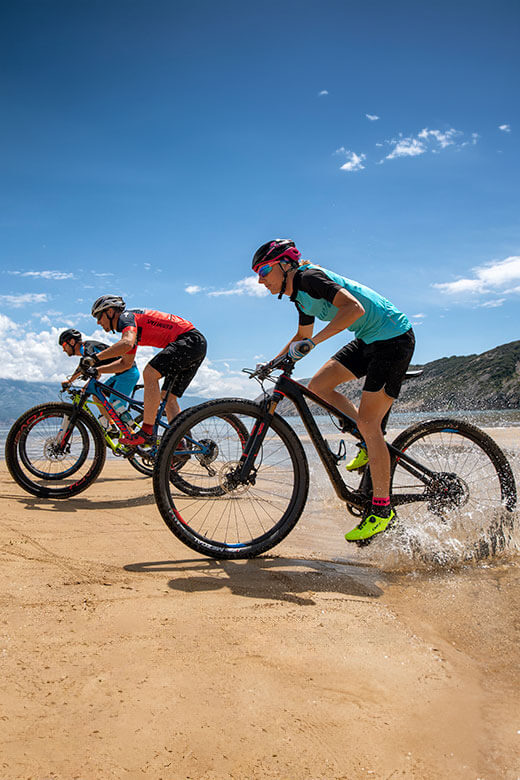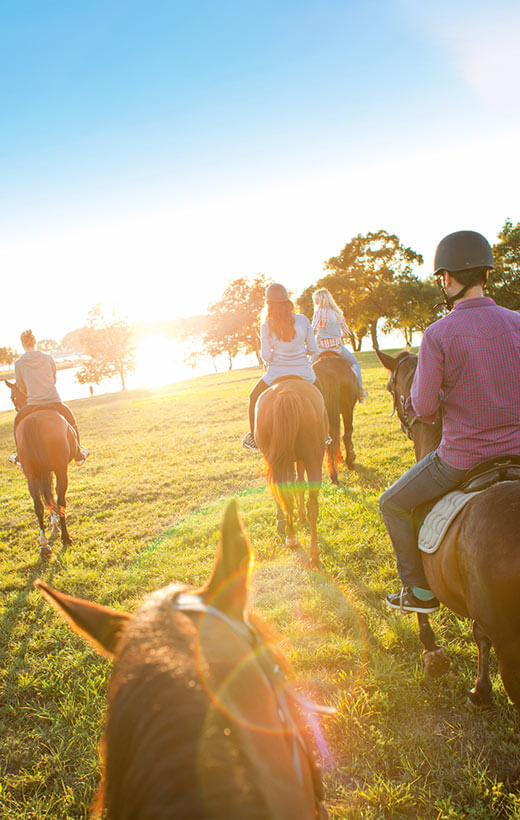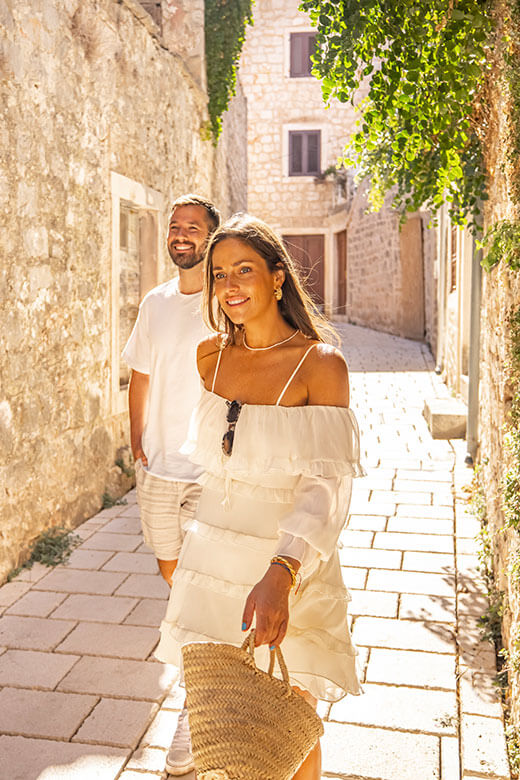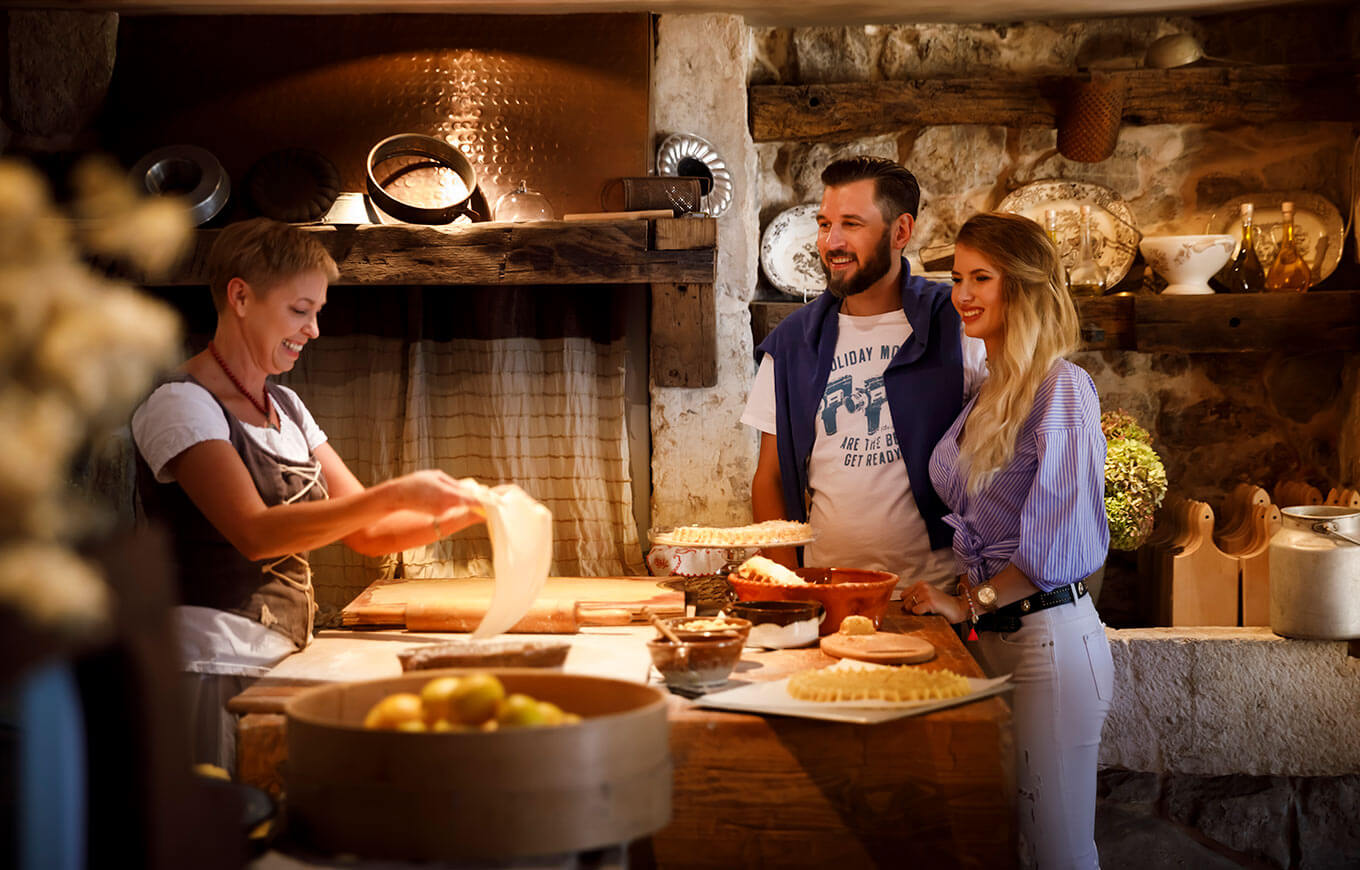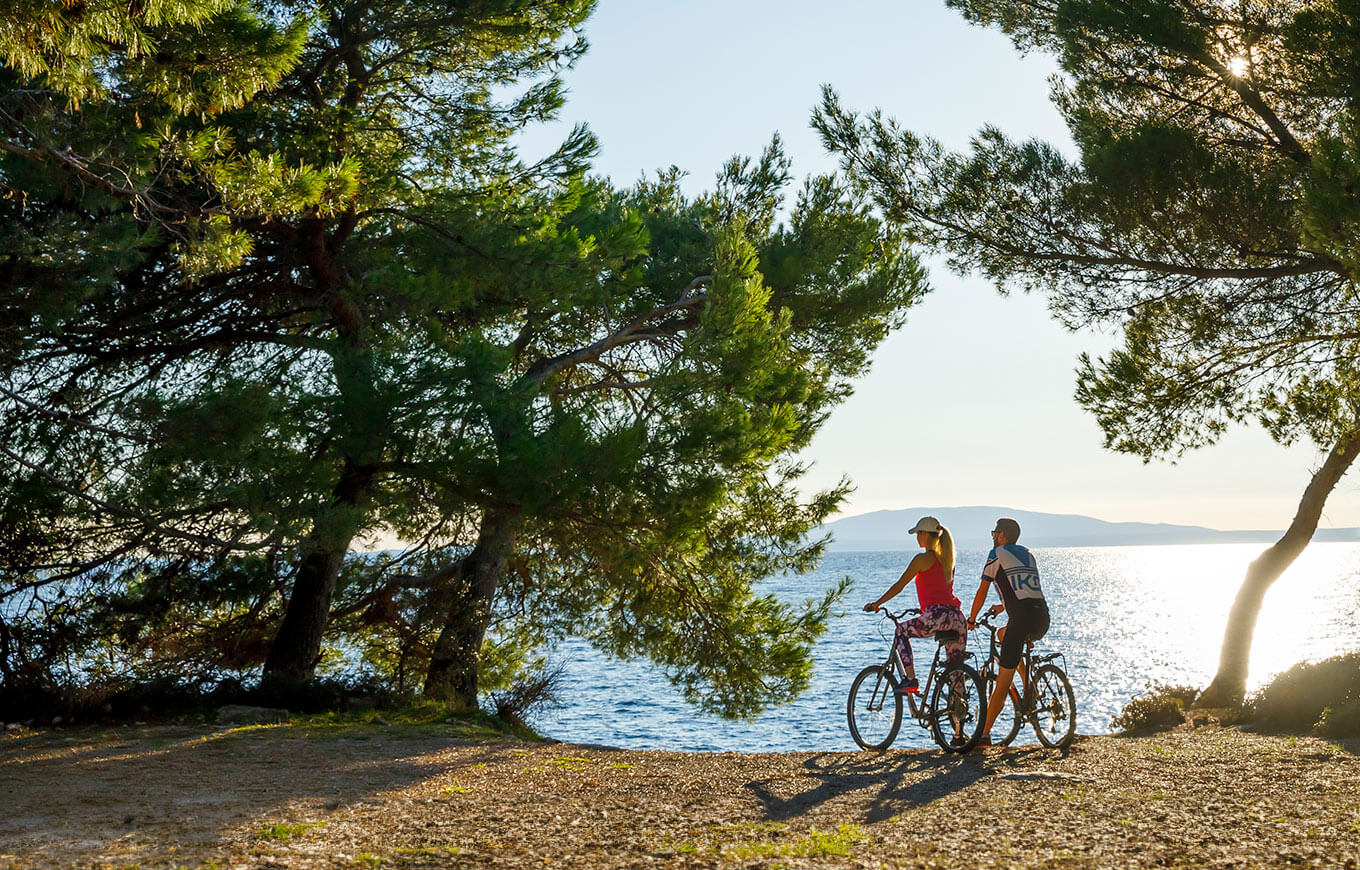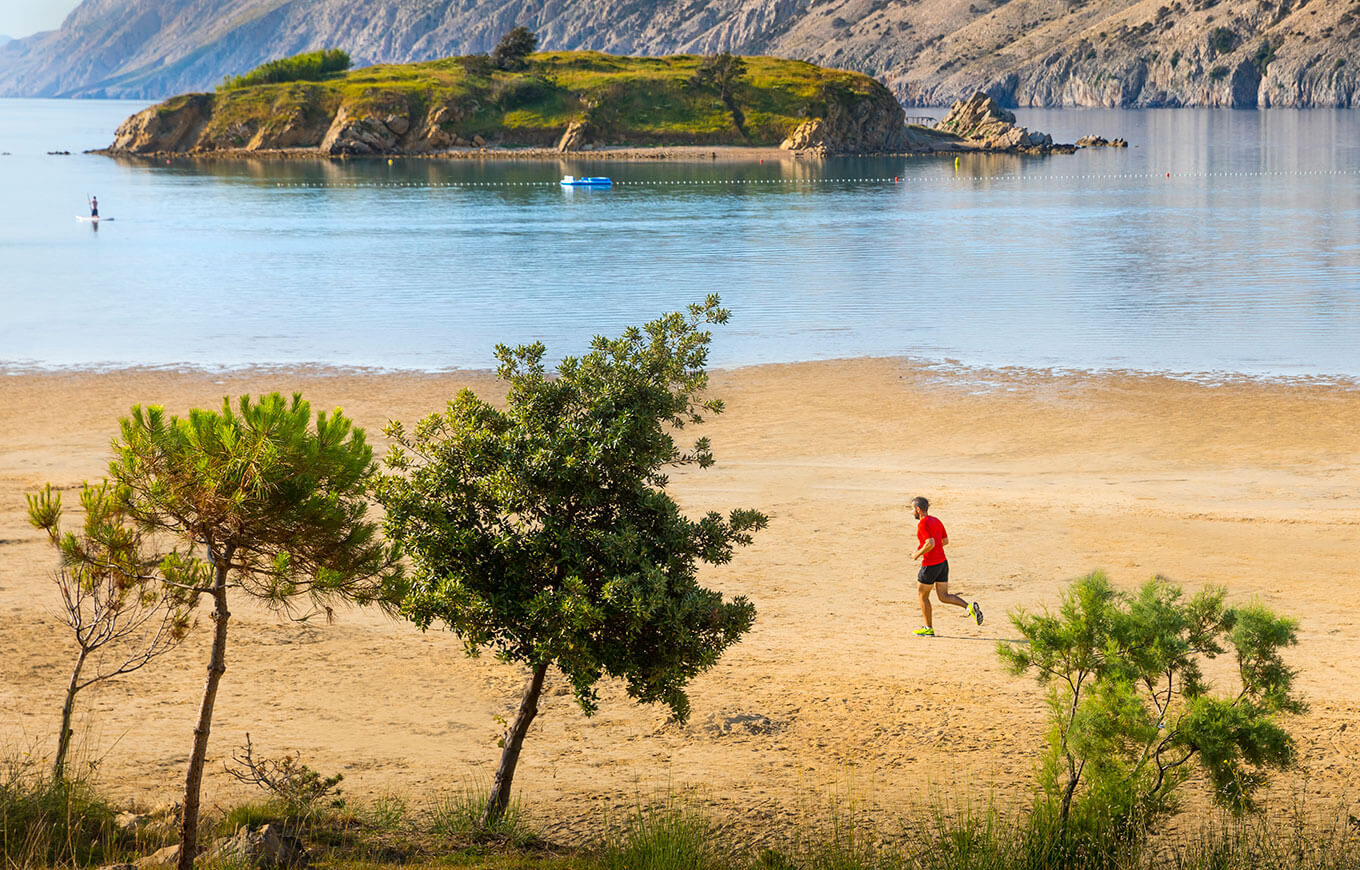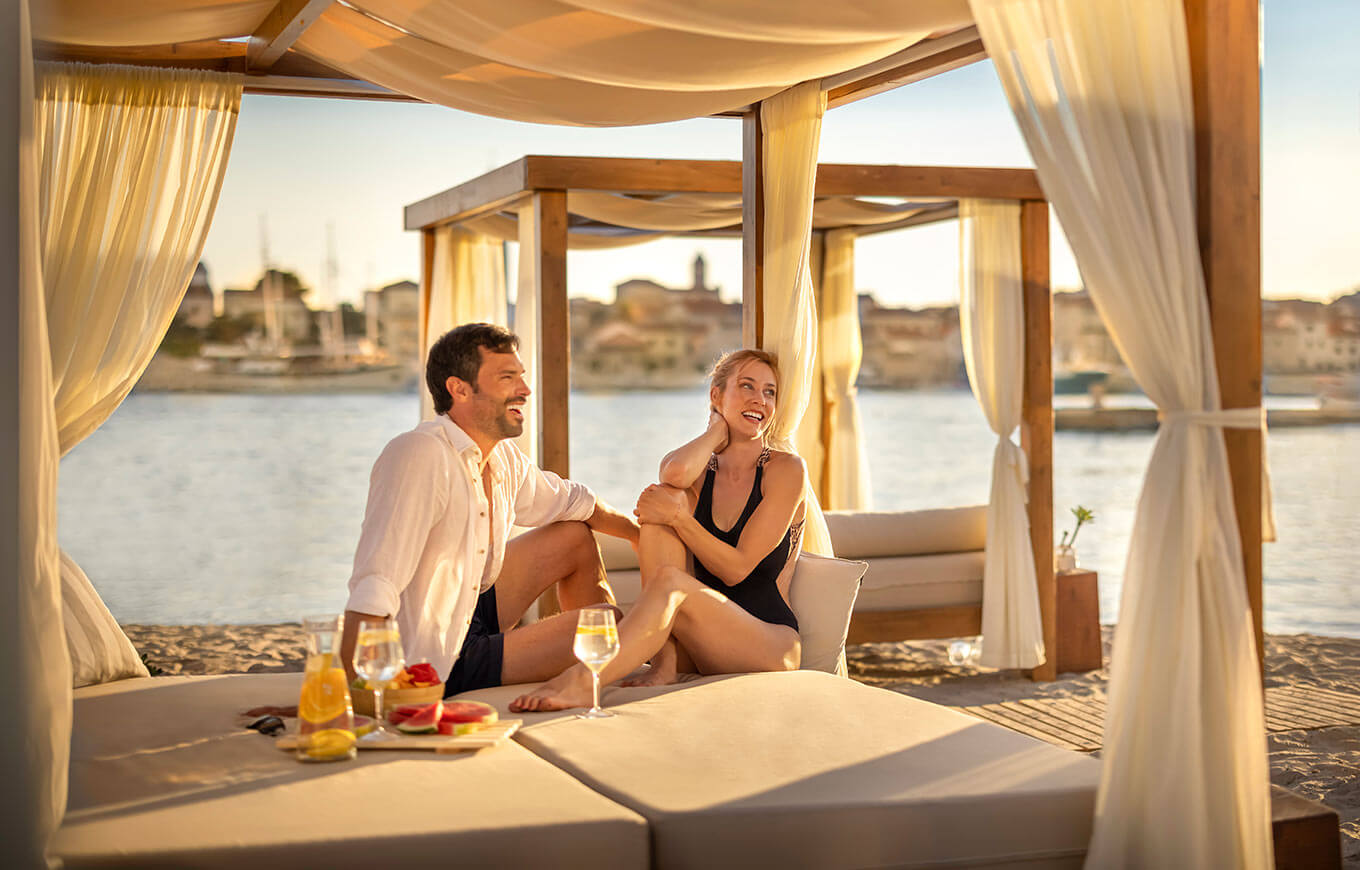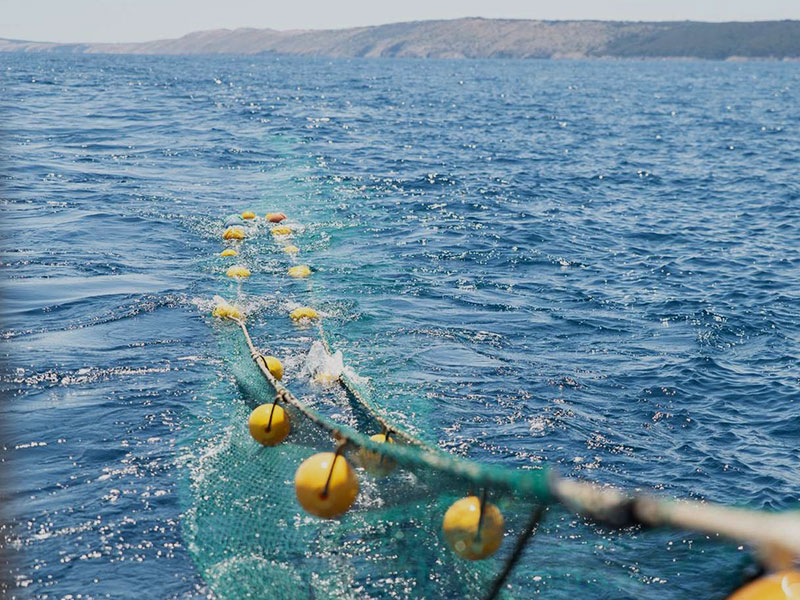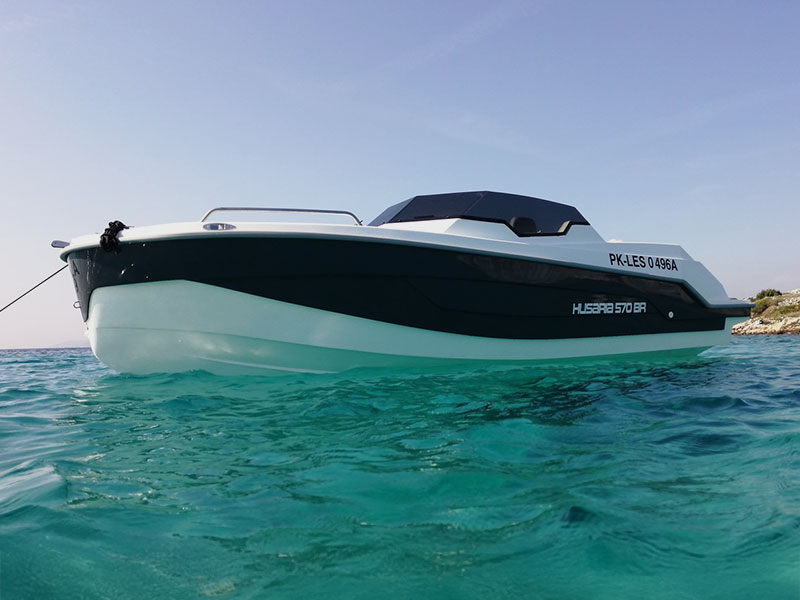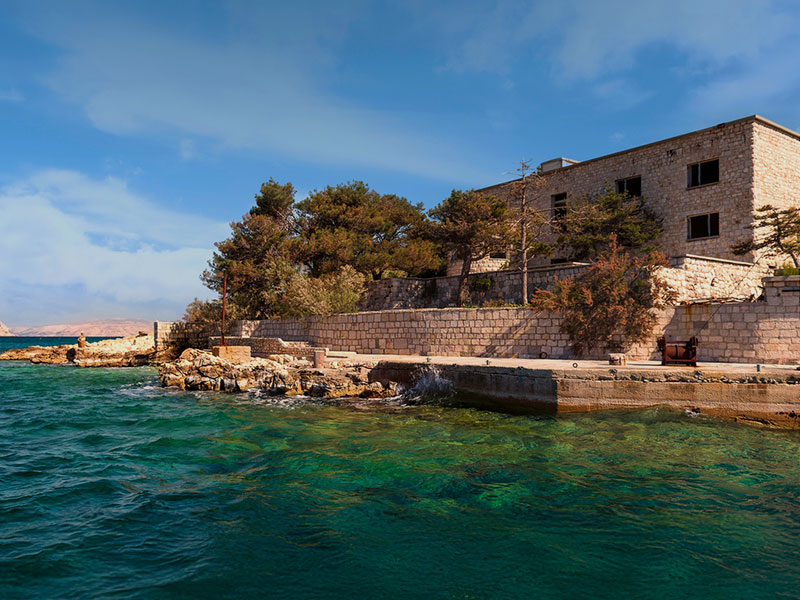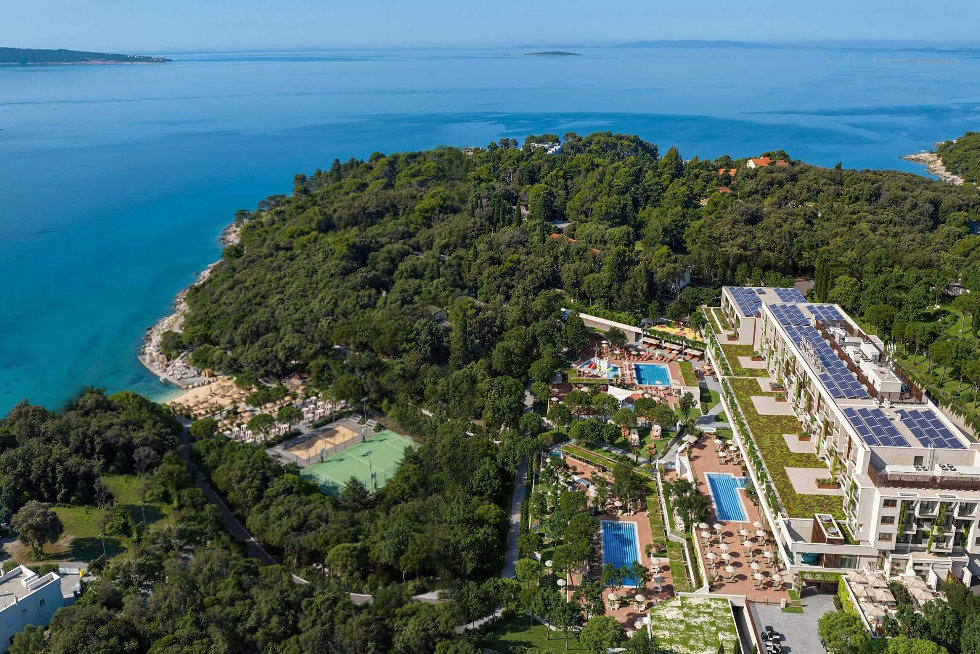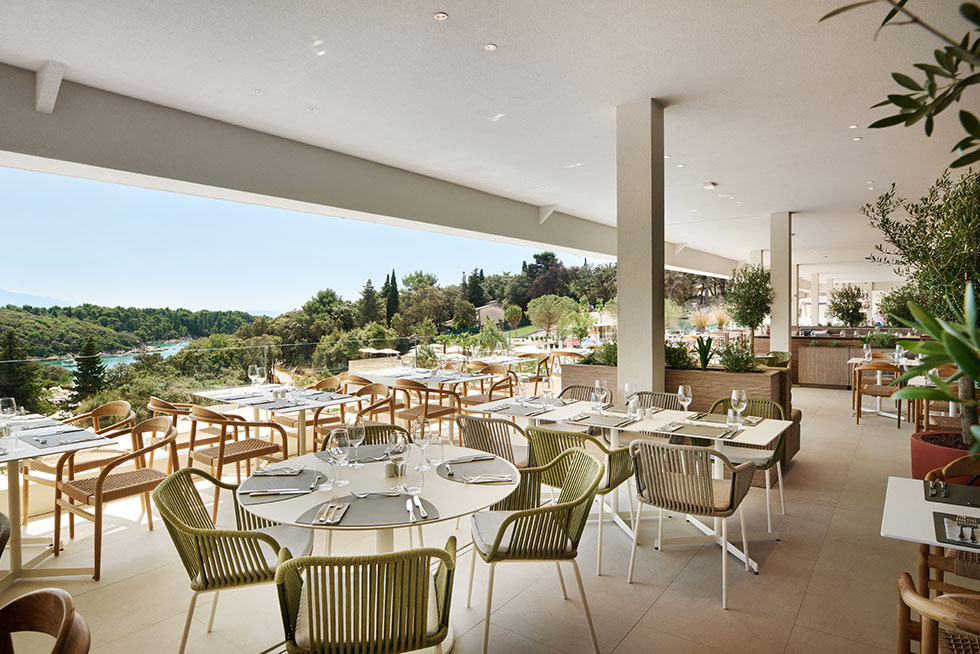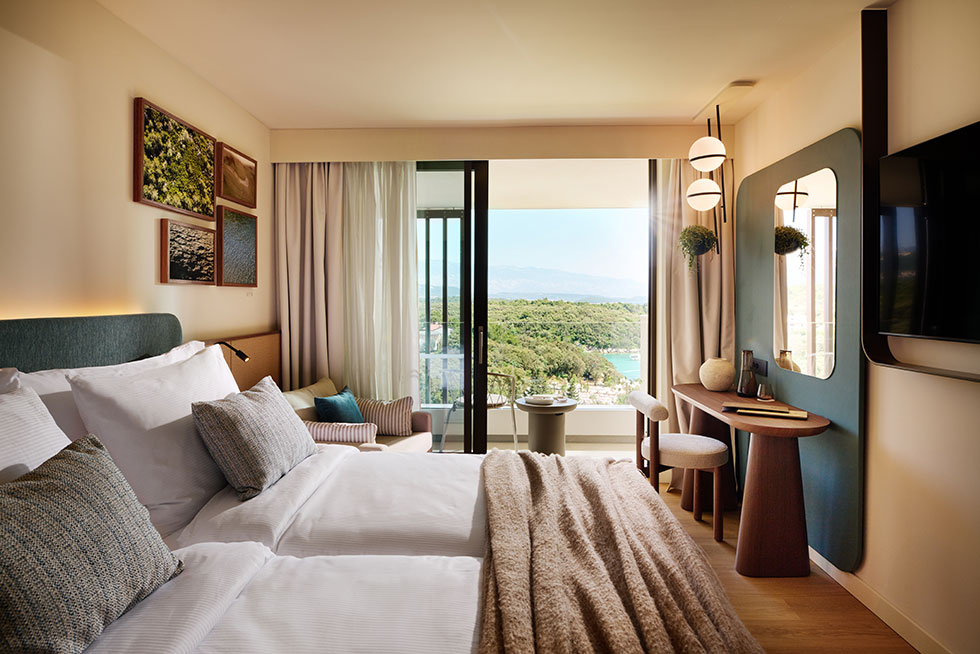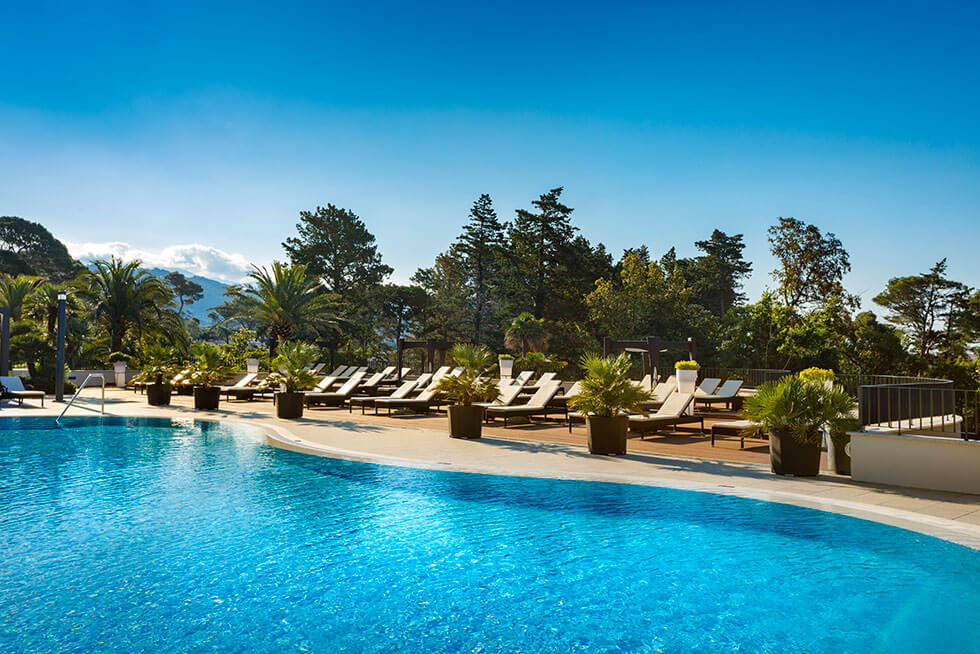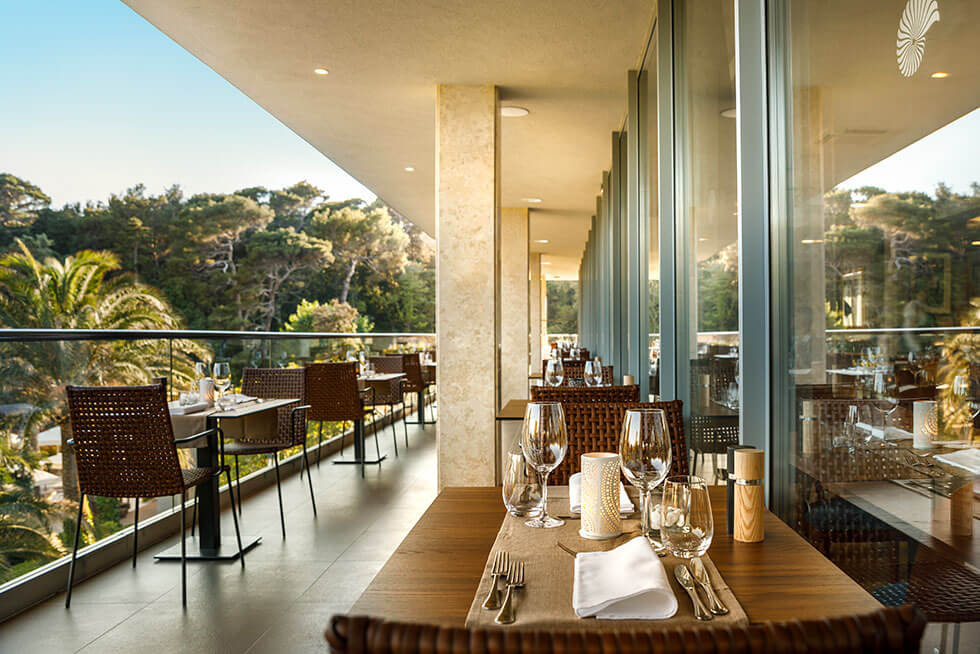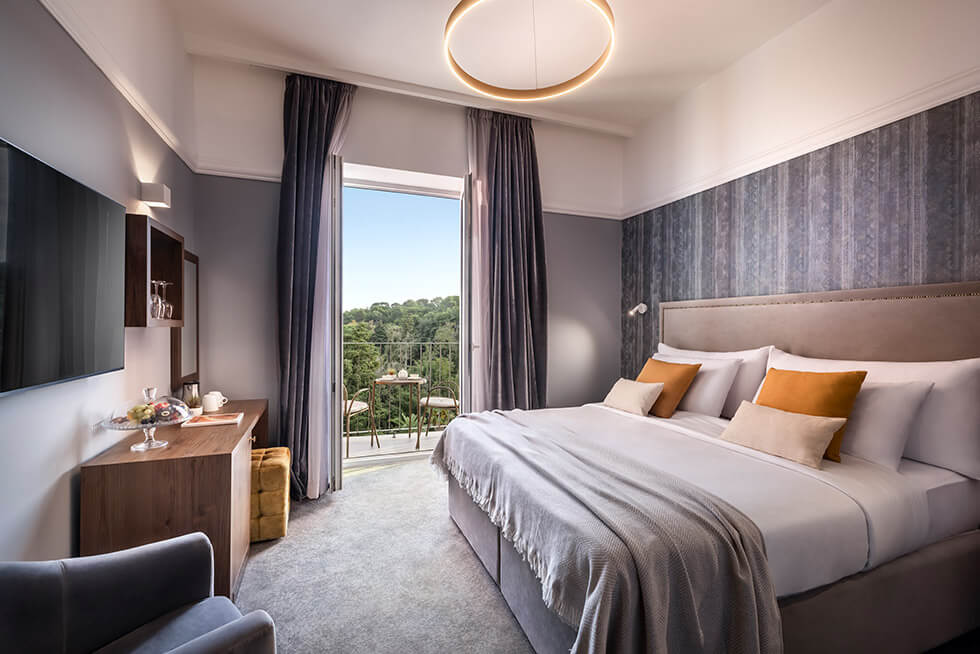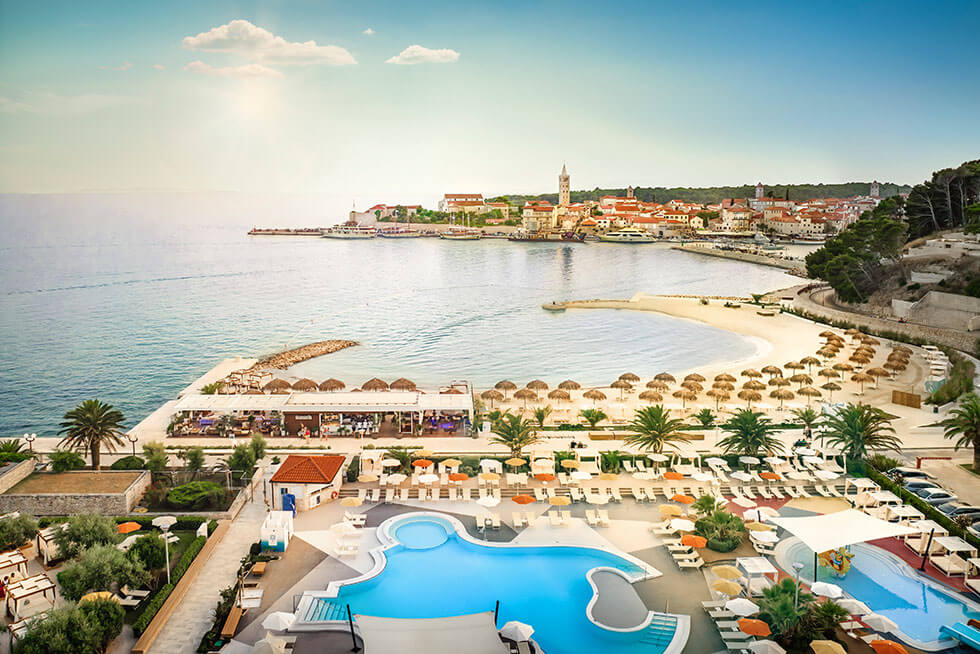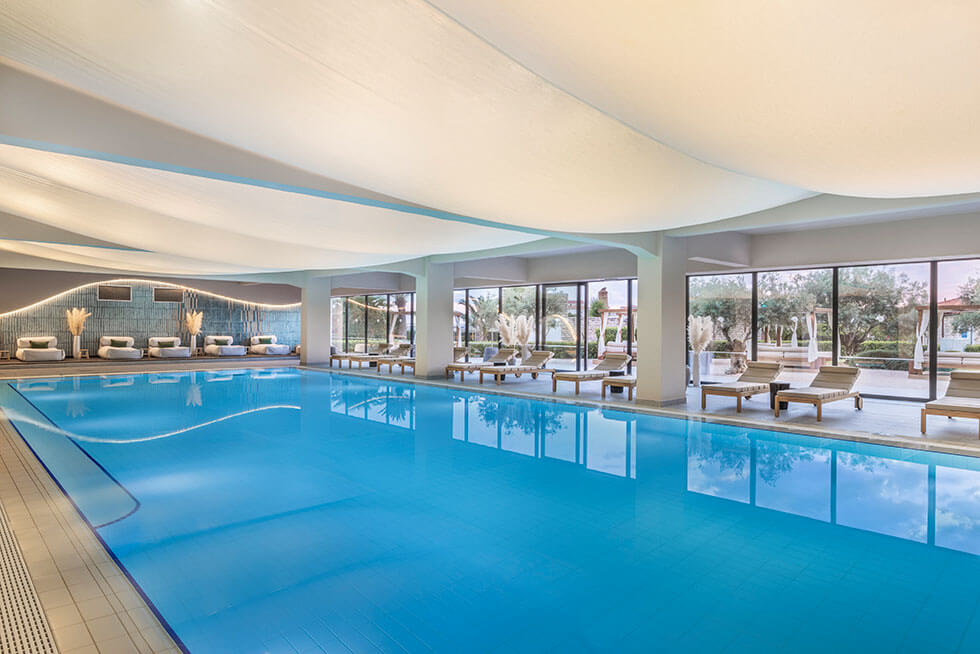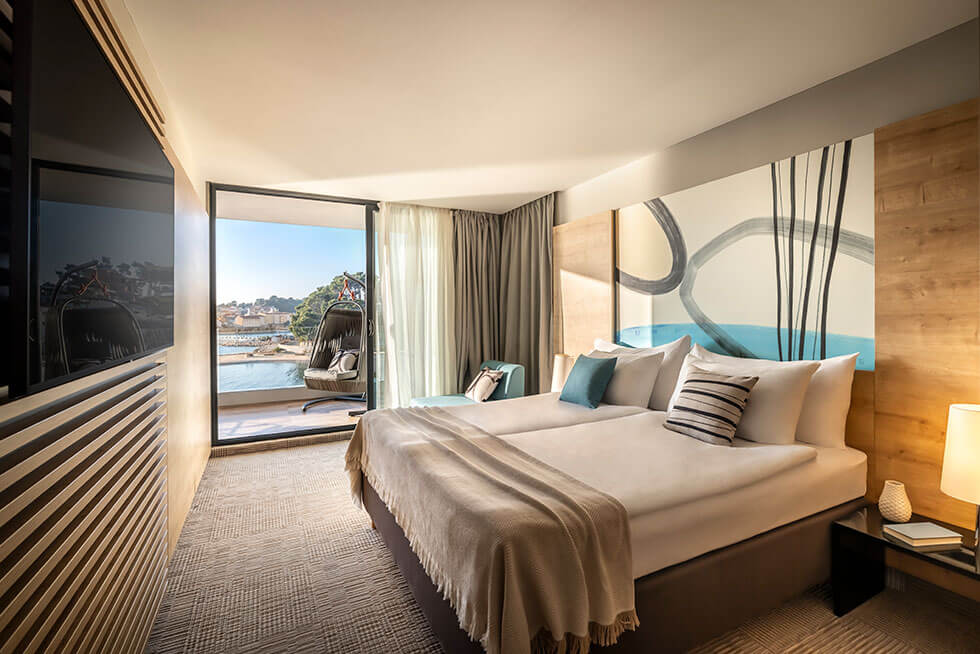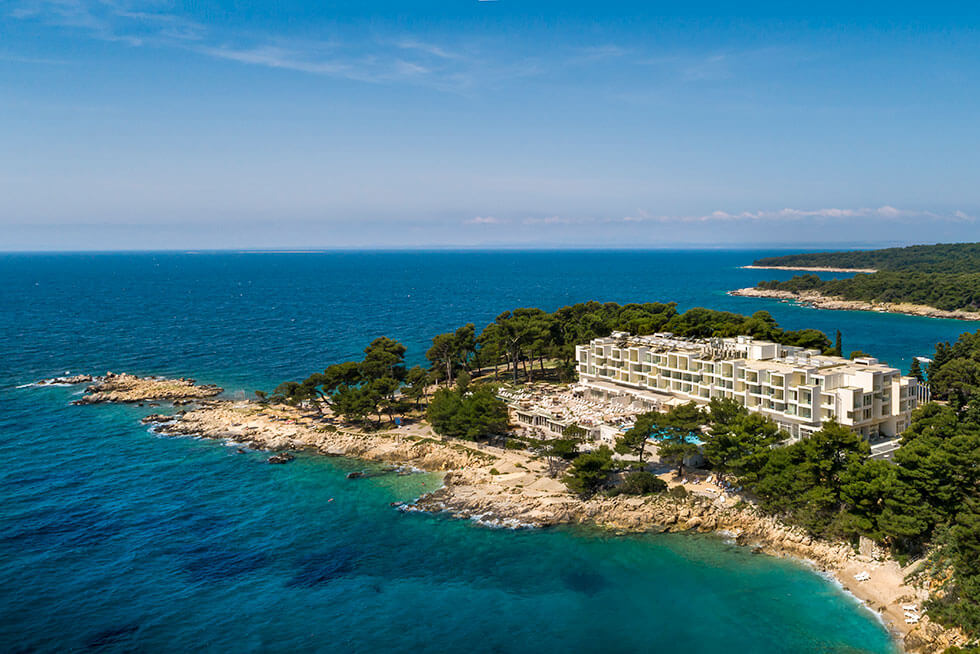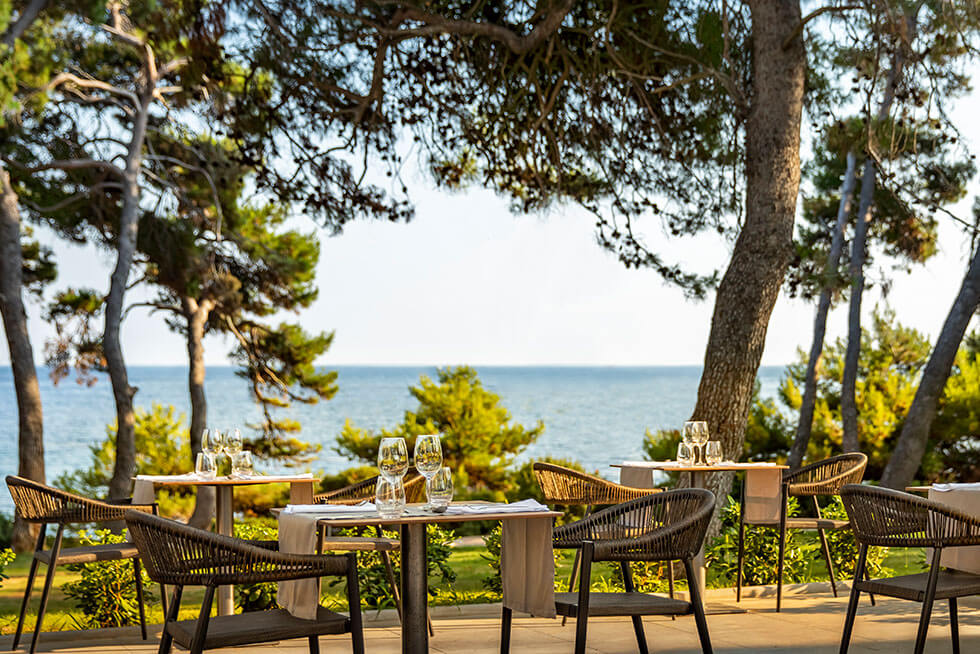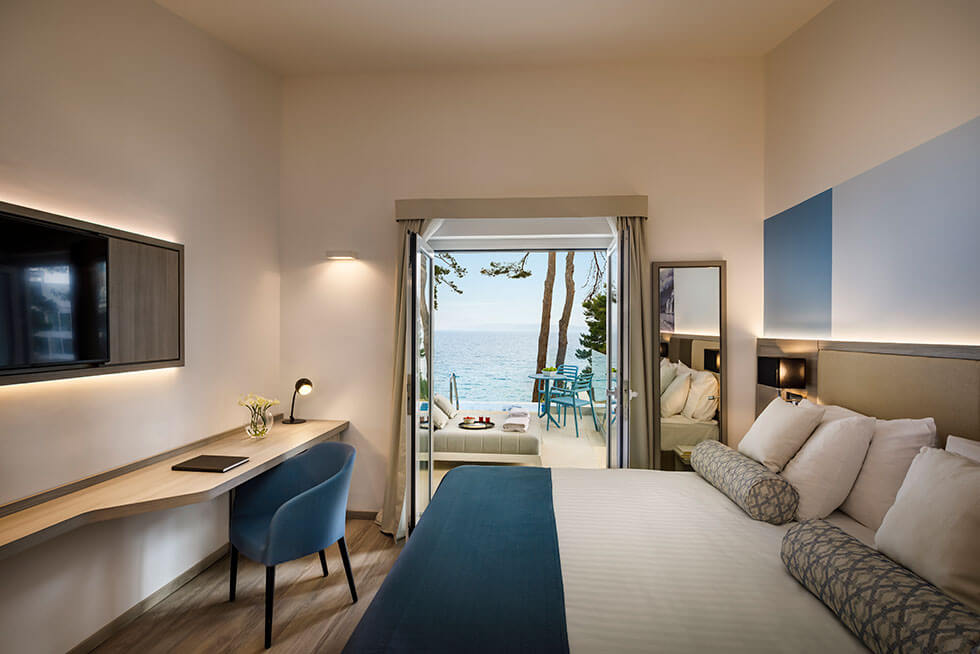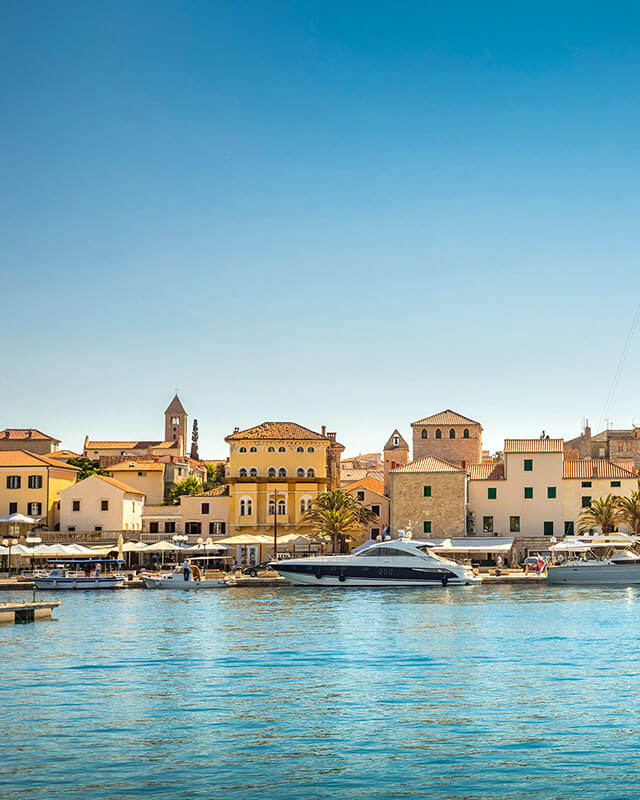
Discover the island of Rab
Journey to the island of Rab, where medieval bell towers watch over the sea, shore and lush forests
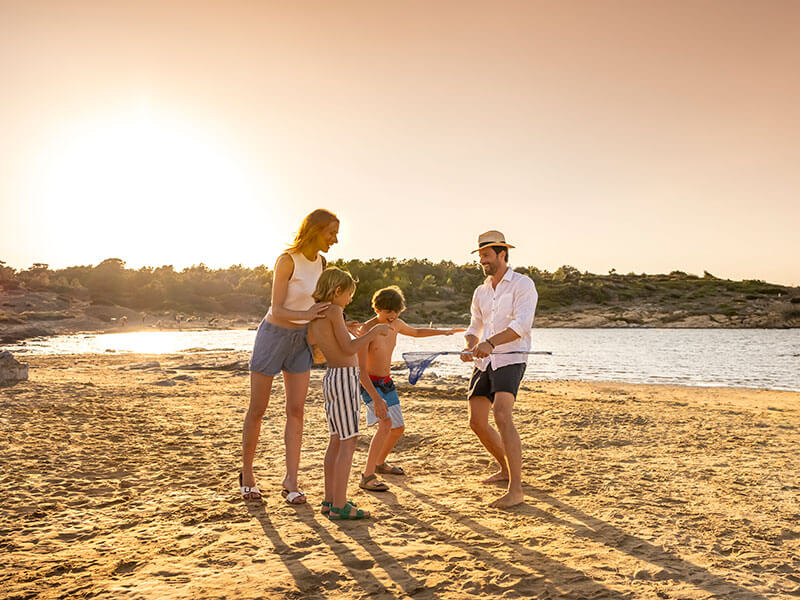
Sandy beaches
Home to 30 sandy beaches, a true seaside gem
A green oasis
35% of its landscape is covered in lush forests
Traditional island flavours
From the traditional almond-based Rab cake to the freshest seafood
A paradise of trails
More than 340 kilometres of walking and cycling trails
Location
Southern Kvarner gem
Located in the Kvarner Bay amidst a constellation of Croatian islands, island of Rab spans 22 kilometres in length and 11 kilometres in width. A mere 15-minute ferry ride across the Velebit Channel separates Rab from the mainland, making it an accessible coastal destination.
How to get to the island of RabDiscover and book authentic local experiences
11 properties on the island of Rab
New in 2026 2 Adrenaline water slides
per room per night from
€214
per room per night from
€161
per room per night from
€138
per room per night from
€174
View more
